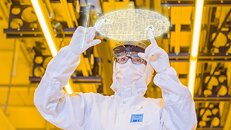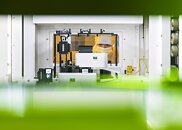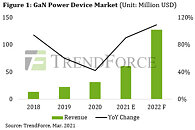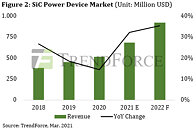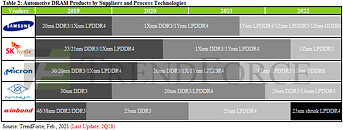
AMD and ECARX to Collaborate on Immersive Digital Cockpit In-Vehicle Computing Platform
AMD today announced a strategic collaboration with ECARX, a global mobility tech company. The companies will work together on an in-vehicle computing platform for next-generation electric vehicles (EVs), expected to be in mass production for global rollout in late 2023. The ECARX digital cockpit will be the first in-vehicle platform to be offered with AMD Ryzen Embedded V2000 processors and AMD Radeon RX 6000 Series GPUs along with ECARX hardware and software.
Combining the extensive experience in automotive digital cockpit design of ECARX with AMD advanced computing power and stunning visual graphic rendering capabilities, the companies aim to deliver an innovative in-car experience. The digital cockpit will launch with advanced features including driver information mode, heads-up display, rear seat entertainment, multiple-displays, multi-zone voice recognition, high-end gaming and a full 3D user experience.
Combining the extensive experience in automotive digital cockpit design of ECARX with AMD advanced computing power and stunning visual graphic rendering capabilities, the companies aim to deliver an innovative in-car experience. The digital cockpit will launch with advanced features including driver information mode, heads-up display, rear seat entertainment, multiple-displays, multi-zone voice recognition, high-end gaming and a full 3D user experience.
























